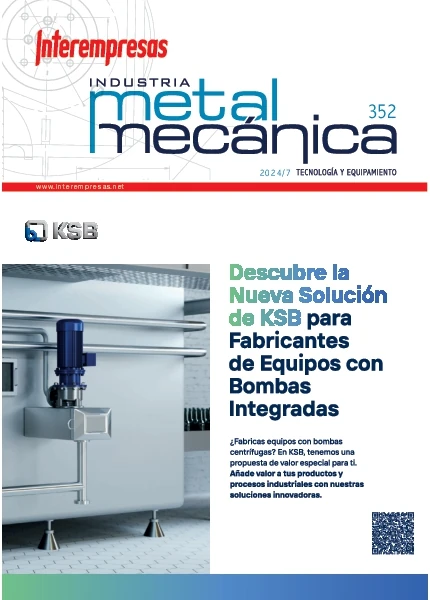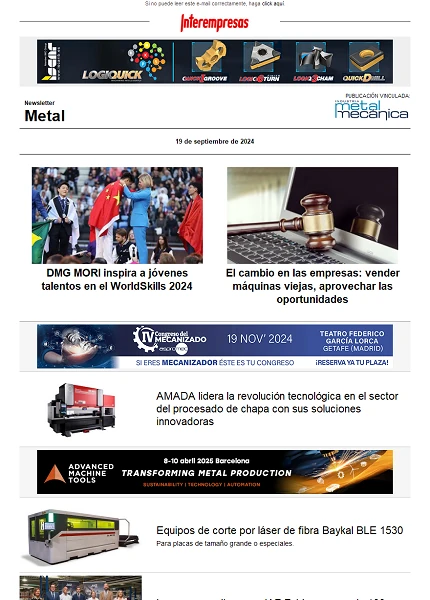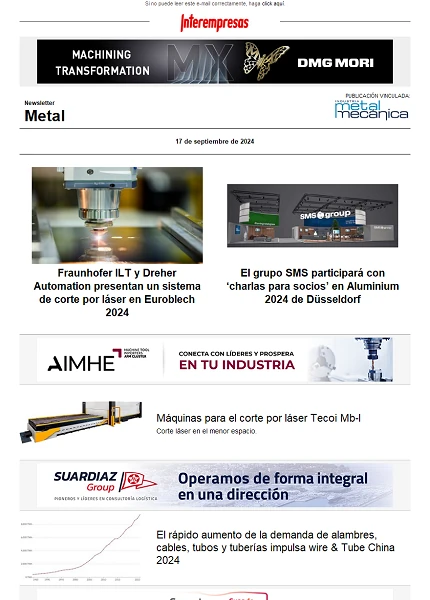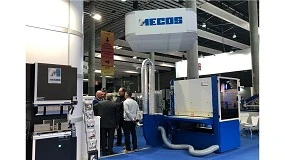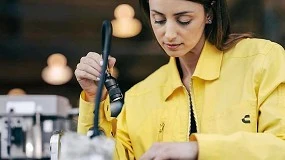Chinese technologists already used 2,200 years ago manufacturing cells implemented today in the automobile industry
August 1, 2011
The young teacher recently unveiled new findings to an audience composed of high school students, within the framework of the awards ceremony at the scientific Olympics, convened by the Faculty of science and technology of the BASQUE country in Bilbao.
The research work involving Professor Martinón-Torres at the archaeological site of Xian, China terracotta army, as well as demonstrate the large proportions of the mausoleum to the surface of the Bilbao −equivalente metropolitano− and the obsession of the Qin Emperor to find the elixir of eternal life, could lead in future to the discovery of alloys of metals and corrosion-proof treatments of last generationnearly 2,200 years after its use by Chinese artisans of the time.
The weapons they were carrying the soldiers have been of great importance to this researcher specializing in the study and analysis of the metals. In the tomb of Emperor Qin, the researchers had access to 40,000 weapons of bronze were the Warriors of terra cotta in a single site, a "brutal collection", according to Martinón-Torres. "Until then we had 40 weapons of bronze of the time and the analysis was limited." The arsenal study consists of halberds, swords, lances, triggers of ballestas, pointed, arrows and spear with an excellent conservation regalones. And it is precisely this good degree of conservation of where can extract information about the technology and the work of the time.
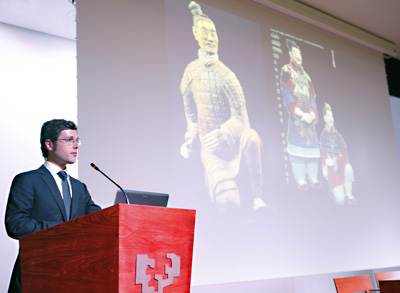
To begin with, the site has made it possible to show the first industrial use of a stone for sharpening lathe, show marks, suggesting a high standardization in the workshops for the manufacture of weapons, from these technologists who lived about 200 years b.c. Thus, subgroups of studied weapons observed small defects repeated in some parts.
The surprises do not just here because the works have also revealed that the Organization of the production of these weapons was done in 'production cells', modern organizational models adopted by Toyota and subsequently spread to various areas of production in the 20th century to be more effective and flexible production lines applied by the manufacturer Ford. In essence, they consisted of autonomous mini-fábricas with own resources and specialists who were producing objects topped tailored to the needs of the group. According to the findings, it appears that each soldier wore in his quiver a beam approximately 100 arrows and homogeneity analyzed metals chemistry has made it possible to conclude that each bundle of arrows came from the remittance of a melting pot.
The organization in the Chinese craftsmen production cells requires versatile workers, repetition of the tools, own smelters in each group, in summary greater investment, but allows the cell to be more adaptable. "When you need an element, and is delivered." "We must take into account that never had built a mausoleum of these characteristics and it was making to the needs," concludes Professor Martinón-Torres.
Each cell produced their inserts carcajs tips, arrows, etc. "and multiply this −señala− by 10,000 soldiers expected to find when completion of the excavation". "They sharpened and polishing each and every one of the dozens of tip of arrows and swords, involving applied huge efforts towards this site." Craftsmen decorated arms and even signed them with distinctive signs. "The decorations used an amalgam of mercury, bronze for the golden color and Tin for the silver ornamentation."
Innovations of these expert metal worker noted by the researchers is the optimization of the alloys. "Using the best alloy for cutting edges", says Martinón-Torres. The composition of the swords was bronze by its greater hardness, but the edge was Tin, to be more sharp and penetrate the armor.
Field researchers have begun to study the surprising degree of conservation of the arsenal, preserved in excellent condition after 2,000 years now. Scientists question is: did something to prevent corrosion? Martinón-Torres anticipates the hypothesis that "is possible to have a technology by which these people would have been able to protect their weapons for posterity". The signing of a new agreement between UCL and the Chinese Government to continue research in the next five years could lead to new discoveries in this area soon.




